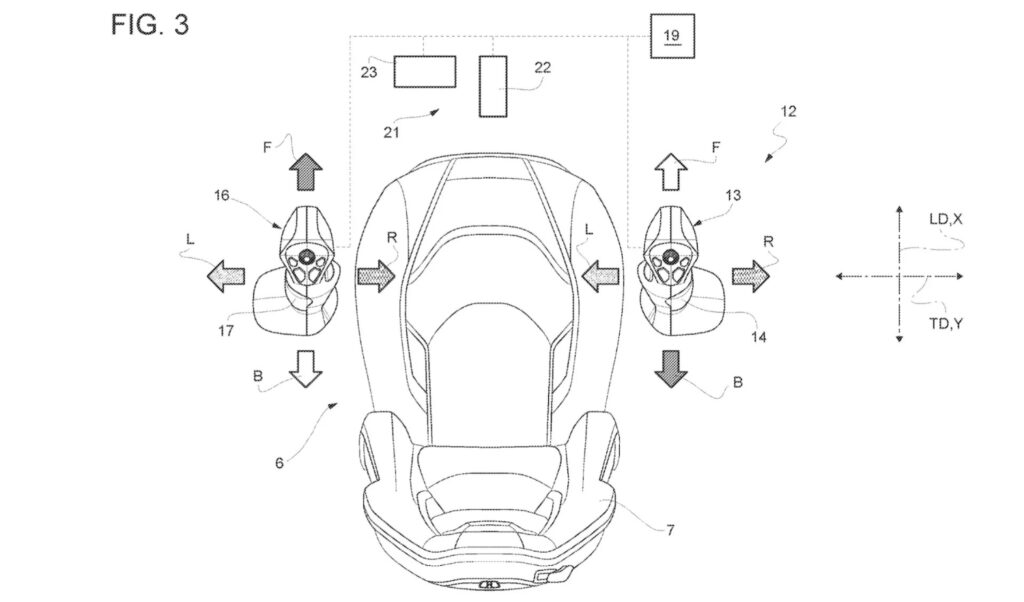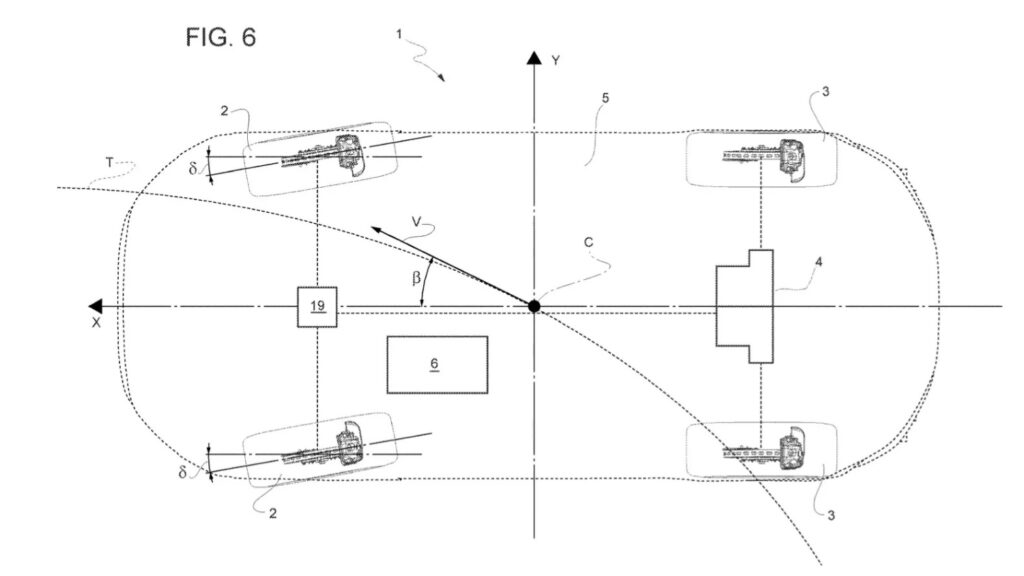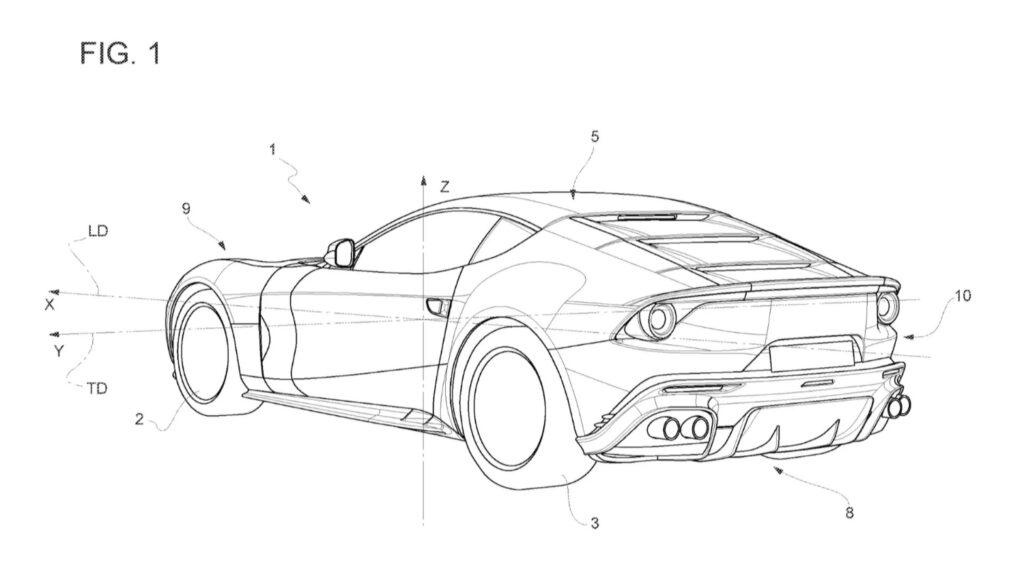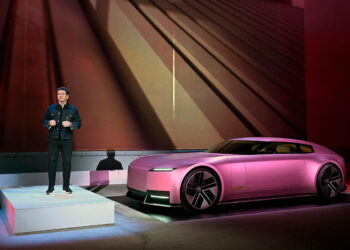After manual transmission and clutch pedal, Ferrari may be preparing to eliminate the central element of driving, thus revolutionizing the sports car as we know it. The prancing horse brand has just patented a two-joystick control system to replace the steering wheel. The Italians had already registered a technology sketch in 2019, but now a second patent has been submitted to the USPTO, the United States Patent and Trademark Office.

According to the technical images provided by the Italian brand, the idea is that each joystick occupies one side of the driving position, being able to control both the direction and the degree of acceleration of the vehicle. The triggers incorporated in the controls could be used to accelerate and brake, although traditional pedals could still be active. Ferrari is quite vague about the advantages of this system, but ensures that it is a technically viable technology, although at the moment it has not gone beyond paper.
As a concept, driving a car through joysticks is not something new. Other brands, such as Saab and BMW, have explored similar solutions. More recently, at the Paris Motor Show in 2022, Mercedes-Benz presented the F200 concept, with steering by two levers – but it was Hyundai, with its futuristic Prophecy prototype, that focused more clearly on the advantages of this alternative driving mechanism to the steering wheel on the panel in front of the driver.

The Prophecy is controlled by two joysticks located to the left and right of the driver: one on the center console, and another on the door lining. Luc Donckerwolke, creative director of the Hyundai Motor Group, commented that this control solution, combined with a spacious interior, allows not only a more comfortable driving position, but also frees up more space on the panel for other equipment, since 90% of the vehicle’s functions can be controlled through the buttons on those joysticks.

Technically, adapting a system of this kind to cars is also another possibility offered by the introduction of Drive by Wire mechanisms, where there would no longer be a rack connected to the steering wheel, but rather a motor that would execute the order received through an electronic system. Which, in theory, would allow dispensing with the traditional steering wheel.










